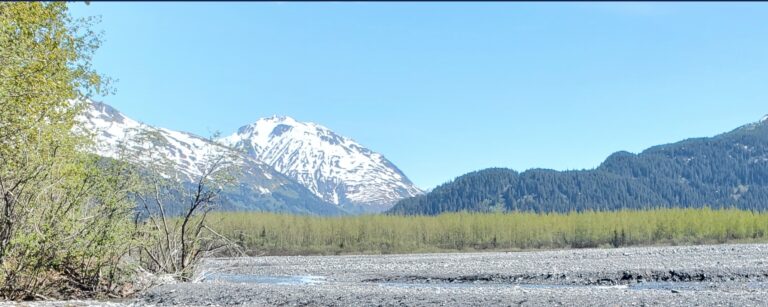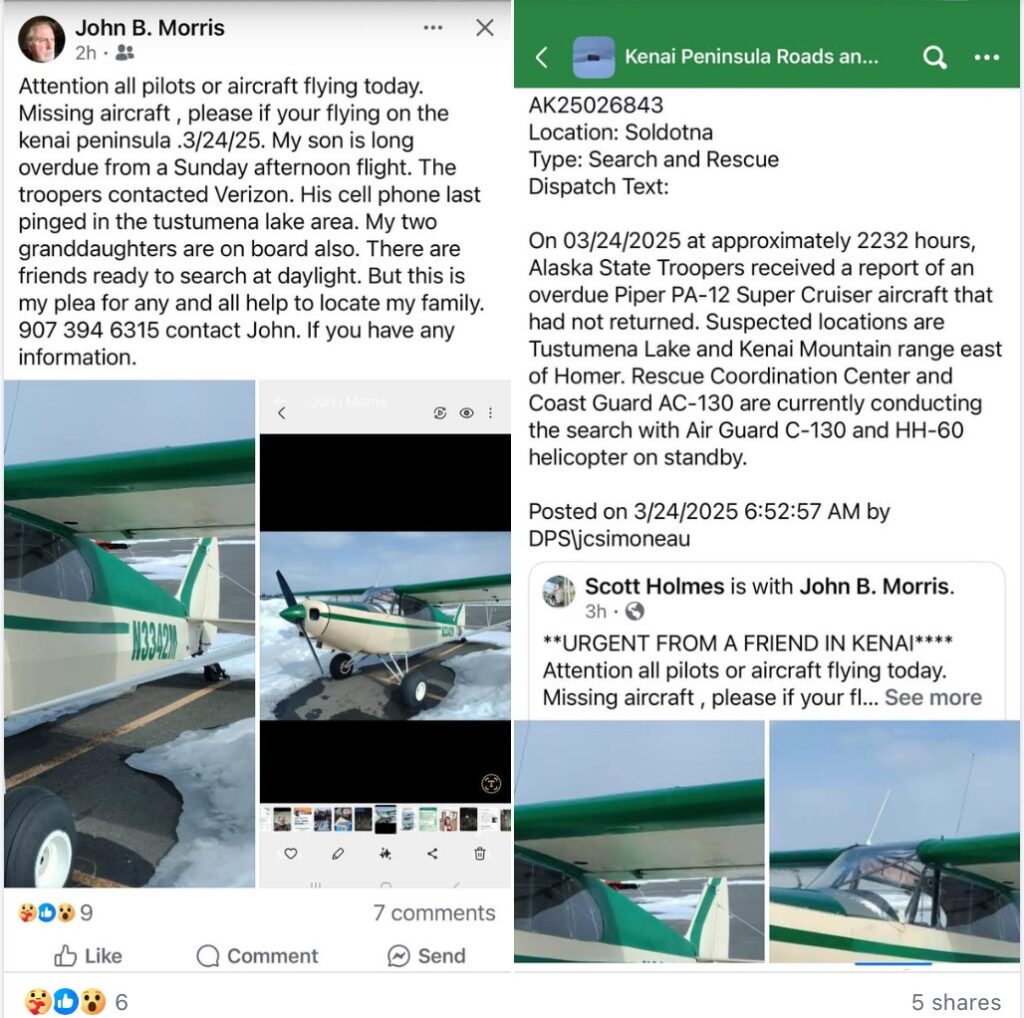By ALEXANDER DOLITSKY
I was a presenter at the Juneau–Gastineau Rotary Club in January 2020, speaking on “Several Sanctioned Avenues for Immigration to the United States.” At the end of my presentation, an attendee asked a question: “Alexander, what was the most difficult area of your acculturation and assimilation in the United States?”
“My behavior,” I said without any hesitation. As I answered the question, I instantly observed the reaction of the audience; they expected a different, perhaps more obvious response, such as food, language, customs, economics, politics, appearance, etc.
True, for a newcomer’s adaptation, these socio-economic categories are essential for survival in a foreign environment. Nevertheless, people’s behavior (e.g., temperament, manners, demeanor, gestures, conduct, actions, bearing, comportment, preferences, motivation, ambition, etc.) is the most critical obstacle to acculturation and assimilation into new cultural traditions.
According to prominent American sociologist Joseph Eaton, “Acculturation is the adoption of cultural traits, norms, and customs by one society from another… There is no clear line that can be drawn between acculturation and assimilation processes. Assimilation is the end product of a process of acculturation, in which an individual has changed so much as to become dissociated from the value system of his group, or in which the entire group disappears as an autonomously functioning social system.”
All of us live within a culture. Most cultural descriptions have labels such as “middle class,” “American,” or “Yupik and Inupiat.” These labels often become associated in our minds with certain habitual features. One such attribute for “middle-class Americans,” for example, might be typical foods—hamburgers, hot dogs, and Coca-Cola. Of course, this is a very broad and superficial understanding of culture.
Culture is learned behavior passed from one generation to another—an ongoing process that changes gradually over time as a learned means of survival. In contrast, all animals adapt to their environment through biological evolution. If an animal was well adapted to its physical environment, it prospered. If it was not, it either evolved or became extinct.
As a result of biological evolution and adaptation to the northern environment, for example, the polar bear developed a thick coat and layers of fat to protect it from the Arctic cold. But the Yupik and Inupiat do not possess fur. They wear warm clothing, and in the past, made sod houses to protect themselves from the harsh environment. Their ancient tools and dwellings were part of their culture—their adaptive system that coincides with the polar bear’s fur.
In short, language, religion, education, economics, technology, social organization, art, and political structure are typical categories of culture. Culture is a uniquely human system of habits, moral values, and customs carried by society from one’s distant past to the present.
Acculturation and assimilation into a dominant culture by newcomers is a personal and self-determined process—the right to make one’s own decisions without interference from others. No one can force a newly arrived legal immigrant to accept the cultural traditions, lifestyle, and customs of his or her new country. The newcomer himself must see a socio-economic necessity and benefit in accepting new traditions and values in order ultimately to embrace and accept his or her new culture without external influence.
Normally, a dominant host culture determines and directs a process of acculturation and assimilation for new ethnic minorities. For example, it is expected that core Judeo-Christian values in the United States will be embraced and accepted by newcomers. However, a massive influx of foreign cultures may significantly influence an ethnic landscape, social programs, political dynamics, and core cultural values of a host country, as is evident today with a large and unvetted wave of illegal immigration from all directions to the United States.
In 1978, prior to my departure from Europe to the United States, the French lived in France, Italians in Italy, Austrians in Austria, and other nations, for the most part, in their own native countries. In the last 40 years, however, European countries, with the exception of a few (e.g., Poland, Hungary), have experienced and allowed massive immigration from deeply religious Muslim countries. As a result, it has created cultural chaos, degradation of Judeo-Christian traditions, and incited regional conflicts in Europe that are sadly beyond repair.
I first visited Alaska in 1981 while participating in archaeological field research for graduate school at Brown University. At that time, I was one of few, if not the only, Soviet-born people in Alaska since 1945 (Russian Old Believers arrived in Alaska in the 1960s from Oregon and South America).
In fact, from 1946 to 1986, during the Cold War between the U.S. and the Soviet Union, travel to Alaska was officially closed to Soviet citizens, just as Siberia was closed to American citizens. There was an exception for select scientists visiting both places for research-related purposes under the auspices of the International Research Exchange Board. In 1981, I was already a permanent resident of the United States, with the green light for traveling to Alaska.
Then, as a recent political refugee from the Soviet Union, my behavior was still typically Russian—direct, impulsive, critical, opinionated, and emotional (certainly, a very general stereotype of the Russian character). Fortunately, my sponsors and hosts in Alaska, Charles Holmes from Anchorage and Glenn Bacon from Fairbanks, were trained and professional anthropologists; they were able to understand my behavior and occasional awkward expressions cross-culturally and guide me through rough waters and unfamiliar landscapes.
After 40 years, Charles and Glenn are still my good and loyal friends. From the mid-1980s onward, Bill Ruddy, Robert Price, Wallace Olson, and Tom Hanley of Juneau played a similar role in my life.
On one occasion, a humorous cross-cultural incident took place in Fairbanks in the summer of 1981. Glenn’s in-laws invited me to their house for dinner. To experience Russian cuisine, they asked me to cook some traditional Russian meals. So, I managed to cook borshch (cabbage and beet soup) and authentic Salad Olivye (boiled potatoes cut in cubes, green peas, boiled eggs, cooked carrots cut into cubes, cubed ham, olives, onion, large pickles cut into cubes, and ½ cup of mayonnaise—all mixed together).
After dinner, I played the guitar and performed several Russian songs for everyone. At some point, Glenn’s mother-in-law approached me and confessed, “I had always envisioned Russians as tall, dark, with shaking hands. But you are different.” I only smiled in response and took her description of a “Russian man” without offense. After all, I was the first Russian she had ever met, except for the demonic Russian characters portrayed in Hollywood.
Indeed, the process of acculturation and assimilation can be long and turbulent for many legal newcomers. It is critical, therefore, for American society to be selective and yet inclusive, tolerant, and educated in cross-cultural communication in welcoming legal newcomers to our diverse and exceptional country.
Alexander B. Dolitsky was born and raised in Kiev in the former Soviet Union. He received an M.A. in history from Kiev Pedagogical Institute, Ukraine, in 1976; an M.A. in anthropology and archaeology from Brown University in 1983; and was enroled in the Ph.D. program in Anthropology at Bryn Mawr College from 1983 to 1985, where he was also a lecturer in the Russian Center. In the U.S.S.R., he was a social studies teacher for three years, and an archaeologist for five years for the Ukranian Academy of Sciences. In 1978, he settled in the United States. Dolitsky visited Alaska for the first time in 1981, while conducting field research for graduate school at Brown. He lived first in Sitka in 1985 and then settled in Juneau in 1986. From 1985 to 1987, he was a U.S. Forest Service archaeologist and social scientist. He was an Adjunct Assistant Professor of Russian Studies at the University of Alaska Southeast from 1985 to 1999; Social Studies Instructor at the Alyeska Central School, Alaska Department of Education from 1988 to 2006; and has been the Director of the Alaska-Siberia Research Center (see www.aksrc.homestead.com) from 1990 to present. He has conducted about 30 field studies in various areas of the former Soviet Union (including Siberia), Central Asia, South America, Eastern Europe and the United States (including Alaska). Dolitsky has been a lecturer on the World Discoverer, Spirit of Oceanus, and Clipper Odyssey vessels in the Arctic and sub-Arctic regions. He was the Project Manager for the WWII Alaska-Siberia Lend Lease Memorial, which was erected in Fairbanks in 2006. He has published extensively in the fields of anthropology, history, archaeology, and ethnography. His more recent publications include Fairy Tales and Myths of the Bering Strait Chukchi, Ancient Tales of Kamchatka; Tales and Legends of the Yupik Eskimos of Siberia; Old Russia in Modern America: Russian Old Believers in Alaska; Allies in Wartime: The Alaska-Siberia Airway During WWII; Spirit of the Siberian Tiger: Folktales of the Russian Far East; Living Wisdom of the Far North: Tales and Legends from Chukotka and Alaska; Pipeline to Russia; The Alaska-Siberia Air Route in WWII; and Old Russia in Modern America: Living Traditions of the Russian Old Believers; Ancient Tales of Chukotka, and Ancient Tales of Kamchatka.











